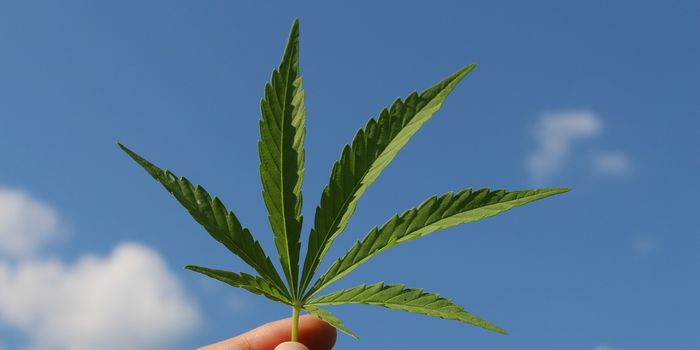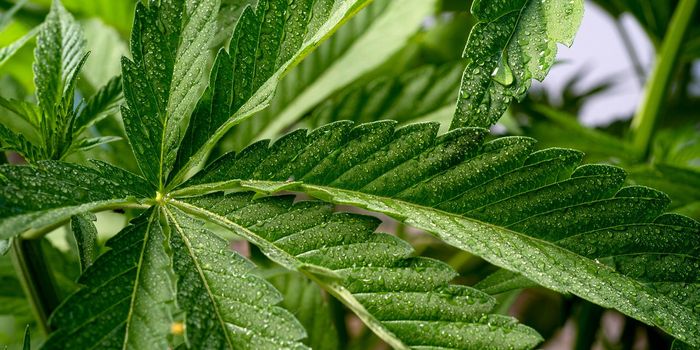Microbes Could Change How Methane Gas in Landfills is Produced
Every Earth Day, we take time to pause, think, and reflect on what we’re doing to save and preserve the natural world around us. This year, we have a lot to reflect on.
You’ve likely heard, for example, of a recent U.N Intergovernmental Panel on Climate Change (IPCC) report that we’re reaching a critical point in our fight against climate change. The impact of human activity on getting us to this critical breaking point can’t be understated.
Among the particularly harrowing scars of human activity on the Earth include vast landfills, where grotesque amounts of waste go to fester. But a particularly dangerous thing is happening in landfills that we can’t see is the production of CO2 and methane, two gasses that can further the warming effects on our world.
New research published in Applied and Environmental Microbiology reports on a study examining microbial communities that live in landfills, with a particular focus on how these communities affect methane production. Researchers also focus on how these communities can shape efforts to reduce or capture methane produced in landfills for other uses.
The microbe communities in question thrive in leachate, a liquid that flows throughout solid material in a landfill, “leeching” solid material as it goes. Researchers were interested in studying Archaea microorganisms, a primary producer of methane in landfills. They found that temperature and the presence of dissolved solids played a crucial role in their activity; information on both is regularly collected at many landfills, making it easy to study and track the behavior of these microorganisms.
Researchers hope that their study of microorganisms in landfills and what affects their behavior could help them find ways to modify the way methane is produced, which could help reduce the production of methane. However, researchers also hope that they could even get these microorganisms to produce more methane.
While this seems counterintuitive, there are tools available to capture the methane and use it for other purposes, limiting the amount of methane and CO2 released into the atmosphere. Often, methane from landfills is burned into CO2, which, while better than putting methane directly into the air, only prolongs the immediacy of the environmental impact of methane. Specifically, methane (the primary component of natural gas) has potential to be used for other types of fuel, electricity, or even for heat to warm a home.
The hope is that the methane produced doesn’t have to be converted or processed in additional ways if it is reused for a different purpose. Optimistically, about 20% of landfills in the U.S. are well equipped to start capturing more of the methane they produce, rather than just burning it off or letting it escape. While it doesn’t completely eliminate the presence of methane gas, it could be a way to reduce the impact of landfills on the Earth.
Sources: Science Daily; UN; Applied and Environmental Microbiology








